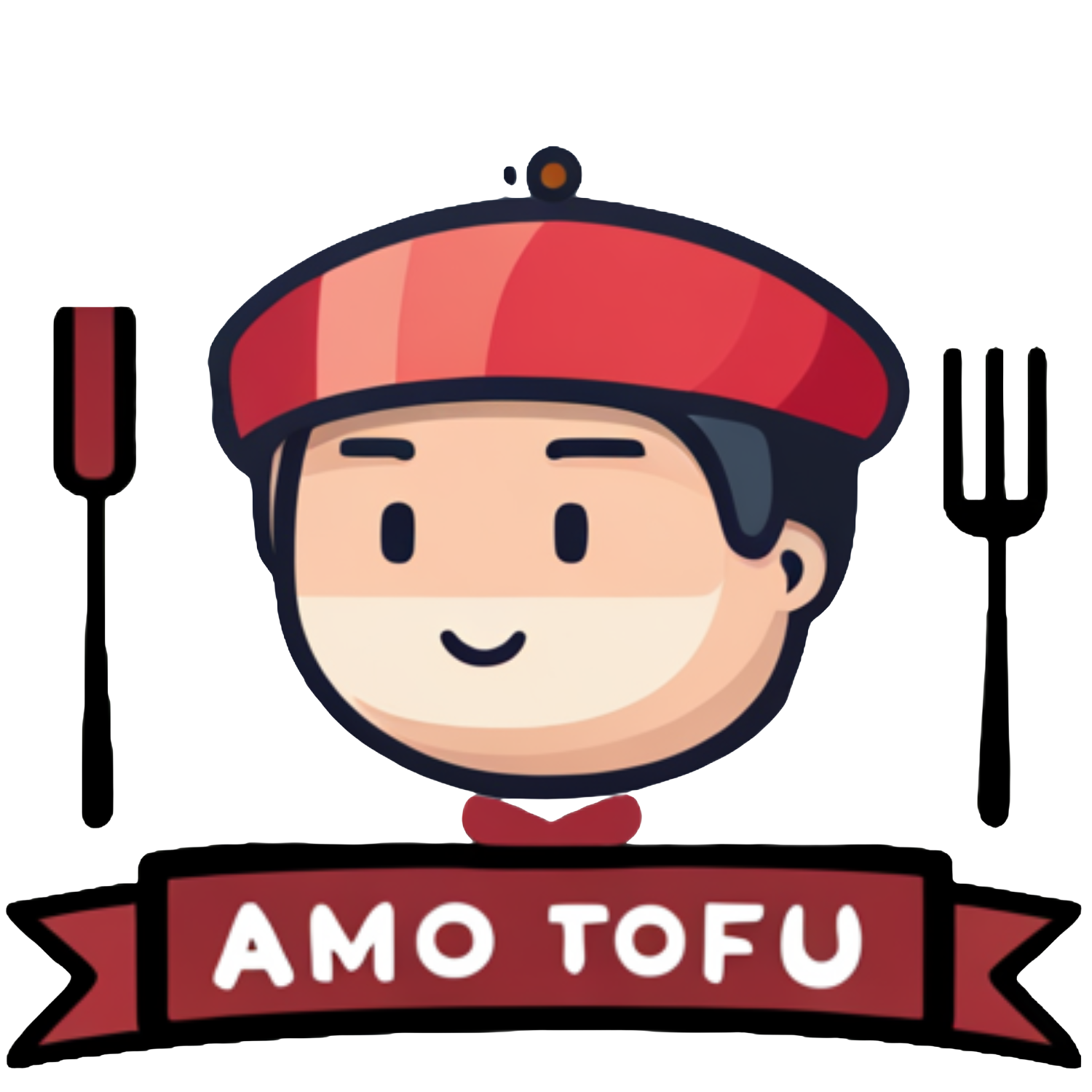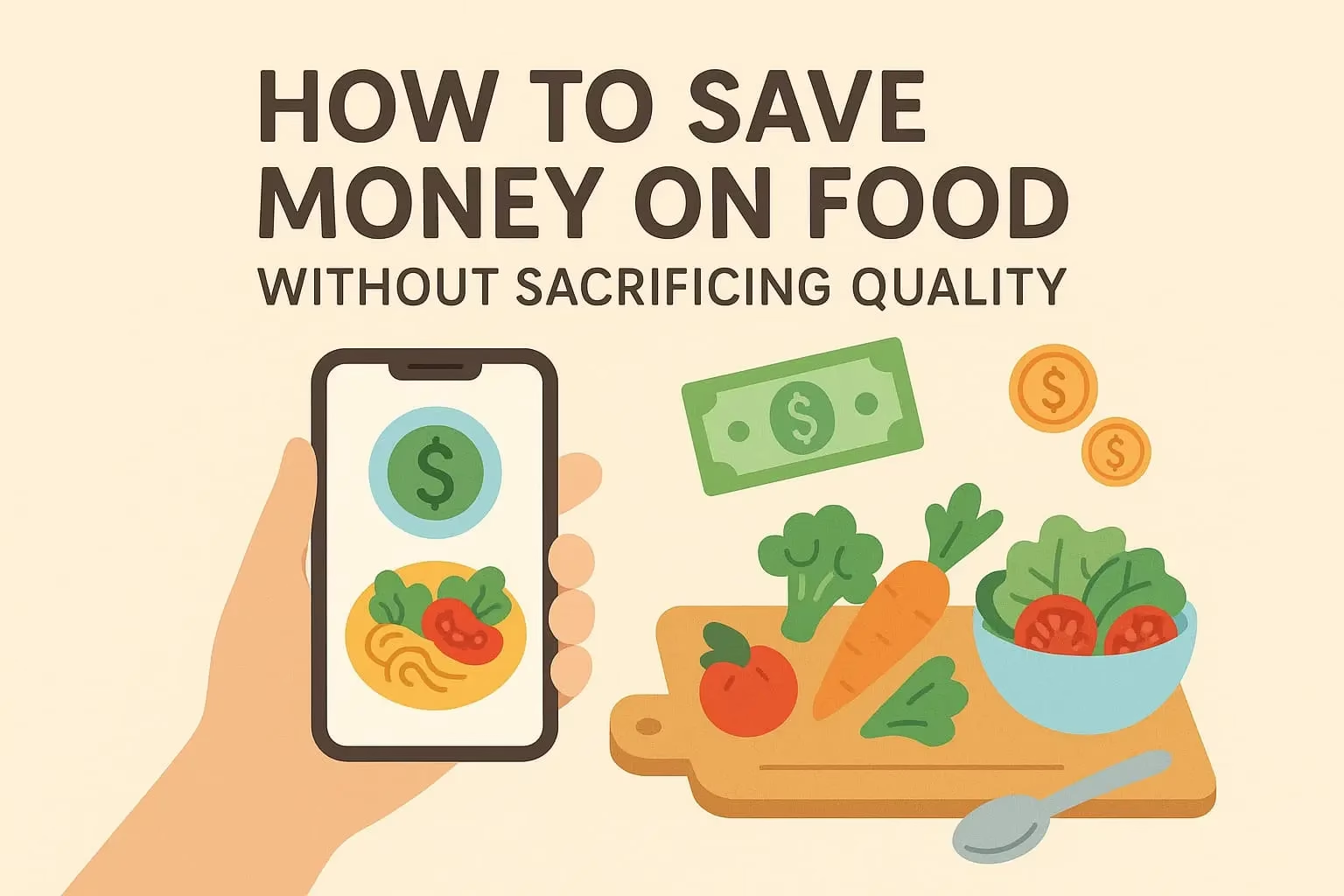Thinking about transitioning your kids to a plant-based lifestyle — or simply reducing animal products in their meals? Great! With the right approach, children can thrive on a plant-based diet, developing healthy habits and a love for whole foods from an early age.
But let’s be honest: kids can be picky. And sudden changes might cause confusion or resistance. That’s why this guide focuses on gentle, realistic strategies to help your child eat more plants — without stress or drama.
Can Kids Really Eat Plant-Based?
Yes! According to the American Dietetic Association and many pediatric experts, well-planned plant-based diets are safe and healthy for children at all ages, including toddlers and teens.
The key is balance, variety, and making meals both nutrient-rich and kid-friendly.
1. Focus on What You’re Adding — Not What You’re Taking Away
Instead of removing meat or dairy overnight, start by introducing more plant foods they already like:
- Sweet potatoes
- Pasta with tomato sauce
- Berries and bananas
- Oatmeal with peanut butter
- Rice and beans
- Hummus and pita
- Avocado toast
- Homemade smoothies
The more they enjoy plant-based meals, the less they’ll miss the others.
2. Let Kids Be Involved in the Process
Children are more likely to eat food they helped:
- Choose at the store
- Prepare in the kitchen
- Plate themselves at the table
Give them age-appropriate tasks like rinsing veggies, stirring, choosing smoothie ingredients, or assembling tacos.
Make it fun and empowering — not a rule change.
3. Keep Familiar Flavors and Formats
Kids love routine — so keep their favorite meals but plantify them.
Try:
- Mac and cheese → vegan version with cashew or sweet potato sauce
- Nuggets → tofu bites, baked falafel, or store-bought vegan nuggets
- Tacos → black beans or lentils with avocado and salsa
- Burgers → black bean patties or lentil-walnut burgers
- Pancakes → dairy-free using plant milk and flax egg
Small swaps make a big difference — without drama.
4. Make Food Look Fun and Colorful
Kids eat with their eyes first. Bright, happy plates are more inviting.
Tips:
- Cut fruit into shapes or use skewers
- Serve rainbow veggie bowls or tacos
- Let them build their own wraps or bowls
- Use dipping sauces (hummus, nut butter, tahini, tomato sauce)
Presentation matters — even for toddlers!
5. Include Key Nutrients for Growing Bodies
While most nutrients are easy to get from plants, be especially mindful of these:
Iron
- Lentils, beans, tofu, spinach, fortified cereals
- Pair with vitamin C foods (oranges, tomatoes) for better absorption
Calcium
- Fortified plant milk, leafy greens, tahini, tofu, almonds, chia seeds
Protein
- Beans, lentils, tofu, tempeh, peanut butter, soy milk, quinoa
Omega-3s
- Chia seeds, flaxseeds, hemp seeds, walnuts
- Consider an algae-based omega-3 supplement if needed
Vitamin B12
- Fortified foods (plant milk, cereals, nutritional yeast)
- Or use a vegan B12 supplement (especially if fully plant-based)
6. Normalize the Lifestyle — Without Pressure
Talk about plant-based eating in a positive and non-restrictive way.
Instead of:
“We can’t eat that anymore.”
Say:
“We’re trying new foods that help us feel strong and healthy.”
Avoid shame or fear. Celebrate curiosity, compassion, and exploration.
7. Have Healthy Plant-Based Snacks Ready
Keep your kitchen stocked with tasty, kid-approved snacks:
- Fruit and nut butter
- Trail mix
- Vegan yogurt with berries
- Chia pudding
- Homemade muffins or energy bites
- Air-popped popcorn
- Hummus with pita or cucumber sticks
When snacks are easy and delicious, kids won’t miss the ultra-processed ones.
8. Be Patient with Picky Eaters
Some kids need multiple exposures to a new food before accepting it — sometimes 10–15 times!
Keep offering without pressure, and model enjoyment of plant-based foods yourself.
Tips:
- Serve one familiar food at every meal
- Let them explore food with their hands
- Never force a clean plate
- Celebrate small wins (“You tried something new!”)
9. Meal Plan for the Whole Family
Avoid making separate meals for kids and adults. Instead, cook dishes the whole family can enjoy, with slight modifications if needed.
Example:
- Pasta with tomato sauce and lentils
- Build-your-own taco night with plant-based toppings
- Rice bowls with tofu, veggies, and sauces on the side
One base meal — customized per person = stress-free dinner time.
Final Thoughts: Gentle Steps Make a Big Impact
Transitioning kids to a plant-based lifestyle doesn’t have to be a battle. With fun, flavor, and patience, you can help them fall in love with healthy, plant-powered food — one bite at a time.
Lead by example, focus on progress (not perfection), and make every meal an opportunity to nourish their body and mind.






